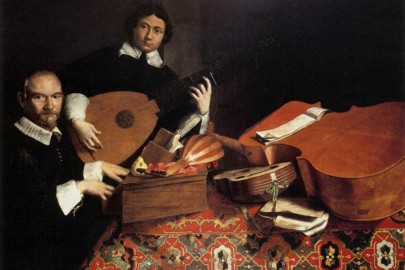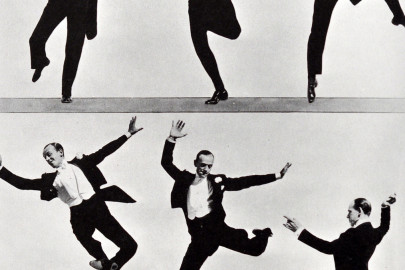As in literature, the musical out-tray is full of talented men, and a few women who, for one reason or another (sometimes just lack of talent) never broke through to dine at top table. Perhaps the inspiration fell a little short; perhaps the perspiration was lacking, or even the desire; maybe the marketing was poor, or non-existent. Today we audition a handful of wonderful musicians who could have been contenders, but were most likely always going to be the oil can, not the oil.
Beside the mainstream tide of musical history stand a few lonely outposts of grandeur. The music of the great Italian polymath Ferruccio (Dante Michelangelo Benvenuto) Busoni occupies such a place. Though unlikely ever to become popular, there has been a small renaissance of interest in the luminous beauty of his music over the last decade, and I still remember vividly, emerging from ENO a few years ago following a performance of his unfinished opera Doktor Faust, thinking it was the most beautiful soundscape I could remember. The late John Ogdon was a champion of his piano concerto (at 70 minutes, gripping from first to last) and other keyboard music, and the aptly named Fantasia Contrappuntistica gives a clue to the essential character of his orchestral music where spiritual magnificence is woven into a Bach-like polyphonic tapestry. Here is the brooding Gothic beauty of the orchestral interlude from the good Doktor.
Just 24 years old when she was laid to rest in a Paris cemetery, Lili Boulanger suffered not at all by comparison with her illustrious older sister, the imperious Nadia. Taught, among others, by Faure, she influenced a hat-full of musicians in her short life, Arthur Honegger (below) being just one. She was still a teenager when she won the coveted Prix de Rome for her composition Faust et Helene, a wonderful piece that I urge dabblers to seek out. She wrote particularly well for choral forces with orchestra, and here we have Veille Priere Bouddhique, by turns dynamic yet whistful…
The Swiss Arthur Honegger, influenced by Lili Boulanger (above), but few others, was a prominent member of Les Six, the Parisian school of youthful iconoclasts that were active just after the first war. And back in 1969 the great conductor Herbert von Karajan saw fit to record both the second and third symphonies of this enigmatic romantic. The record was hailed at the time as a performance of genius, and I was one of many who played the grooves off my vinyl copy, the Third Symphony (Liturgique) becoming an instant Desert Island Disc should Kirsty ever ask me on. Here, the rapt last four minutes will, I hope, do the same for dabblers. Note the last minute or so; has ever a symphony concluded so magically?
The influential Music Director of St Paul’s Girls’ School in Hammersmith Gustav Holst continues to frustrate music lovers by stubbornly refusing to expand beyond his undoubted masterpiece The Planets. The Hymn of Jesus is aired from time to time, and the Proms will wheel out Egdon Heath, but that is about it. Perhaps if Charles Windsor stopped wasting his time, and ours, with lesser talents such as Parry, we may yet see the overdue rise of this great Brit, albeit half Swedish. Brass and Military Bands have always placed him near the front of the queue, and here we have his sparky masterwork, the E flat major Suite No 1, played on this wonderful recording by the Cleveland Symphonic Winds led by Frederick Fennell.












Holst: Now you’re talking. I sometimes sing the last movement of that band suite in the shower: thank you for reminding me how it should be performed.
There is so much good music by Holst, most of it rarely played, and you never know what this composer will do next – he seems to have made it a point of honour not to write the same piece twice, nor to write a note that wasn’t necessary (his eraser was one of his most important composing tools, he said). Much of his music is rooted in English places and landscapes and tunes – his Songs for Voice and Violin (inspired by hearing a singing woman accompanying herself on the violin in Thaxted church), his St Paul’s Suite (for his pupils at the school in Hammersmith), the Elegy (for William Morris) from the Cotswolds Symphony, the sublime, Hardy-saturated Egdon Heath; there is enough here to please a prince. But there’s also the way he looked beyond these shores: in North-Africa-inpsired suite Beni Mora with its mesmerising last movement looking forward 50 years to minimalism; in his choral hymns from the Rig Veda (from the Sanskrit, translated by the composer); in the tiny opera Savitri (just a few players and a handful of singers, but moving nonetheless). And there is more. I’d encourage anyone to dabble in Holst, but beware: Dabbling may lead to total immersion.
Apart from The Planets, which I do love, I couldn’t have named a single other Holst piece, so thanks both M and PW.
Agree with you about the last minute of the Honegger symphony. Wonderful. I also love the Holst piece which was new to me.